"The National Foodball League" Project: Baltimore
by Mike “Old Bay” Lunsford, Editor-In-Chief of the Great Geek Refuge
As I sat down to write the next installment of the National Foodball League Project, I tried to determine how I would organize it and which city/team would be next. Will I do it by division? Will I do it by proximity to the other cities I’ve done? The answer to those questions is a resounding “I’m not sure, we’ll see how it goes.” For now? It looks like I’m gonna stick to physical proximity, which means outliers like Dallas in the NFC East and Miami in the AFC East will come later in the series as I get to those parts of the country. The next city, physically closest to D.C., Philly and New York is Baltimore. Oddly, Baltimore is in the AFC North…which I explain in this wonderful prequel that talks about the history of their former NFL tenant that you should totally read, too.
Baltimore, like Philly and New York, was an important part of the fight for independence as a transportation hub and important harbor. Historically speaking, it was the War of 1812 that gave Baltimore its most notable moment. It was location that inspired the “The Star Spangled Banner.” The patriotic song was written by Francis Scott Key as he was a prisoner aboard a British prison ship anchored in Baltimore Harbor. The British bombarded the city in an attempt to win back their former colonies but were unsuccessful. When Key awoke the next morning and looked out the window, the American flag was still waving above Fort McHenry, signifying that the British had not defeated the Americans.
It has also been a transportation hub for almost all of it’s history, being part of the Baltimore & Ohio Railroad since the early 1800s, the oldest railway in the United States. Other than Ellis Island in New York, it was the second largest port of entry for immigrants to America. Because of that, the city has many distinct neighborhoods including a vibrant “Little Italy,” Greektown, a place many Jews chose to call home as it was between the North and South of the country, and much more.
Now let’s talk about the city and it’s food history. As mentioned in the first installment when talking about D.C., the cities along the Chesapeake Bay have a reputation of amazing seafood. This is 100% percent accurate. In fact, seafood and Baltimore go hand-in-hand. The blue crabs that are harvested from the Chesapeake are one of the areas most famous products. What ends up becoming an equally important food product of the area is how the crabs are cooked/seasoned. Ask any person from the region and there’s only one answer: Old Bay.
Much like how you can age an ancient skeleton based on the radioactive carbon left in the bones, one can tell how ‘Maryland’ someone is by how much Old Bay is in their blood system. In fact, you’re not allowed in to Orioles games unless it’s higher than .10 BOBC (that’s Blood Old Bay Content). Old Bay made a strong case for inclusion in the naming of the foodball team. The red dust is more than just a seafood seasoning. It’s good on chicken, french fries, other forms of fried vegetables, popcorn, and there’s even a hot sauce that uses Old Bay as its base that is quite delicious. But it’s a licensed product and I’m not trying to get sued here (but a sponsorship would be nice, Mr. Old bay!) What would I call the team, though? The Baltimore Seafood Seasoning? That’s lame.
Another Baltimore area specialty is fried chicken. The region can’t claim the creation of the delicious, crispy culinary delight but because of the surrounding areas abundance of poultry farms it is a common dish on menus in the area. In fact, other areas of the country have restaurants called Maryland Fried Chicken that when I traveled I definitely thought “wait, that’s a thing?” I suppose when you grow up spending a lot of time in Maryland, it’s just fried chicken. What makes it unique? Mustard, garlic powder, and salt is what seasons it. In some places, it comes with a white chicken gravy. Of course, some will tell you it’s not complete without Old Bay in the seasoning. Makes sense I suppose.
It does look tasty
Another strong contender in Baltimore’s food identity is something called “pit beef.” A type of beef roast, pit beef is typically a top roast that's been minimally seasoned, grilled directly over charcoal, and sliced deli-style to be put on a sandwich. It is topped with thin-sliced raw onion, mayo, and horseradish. Much like the fried chicken of the region, there is no “famous spot” for the regional specialty, but there are a series of road-side stands, trucks, and converted gas stations that serve up the best pit beef. It is a uniquely Maryland taste but once you’ve had a good pit beef sandwich, you’ll understand the obsession.
That brings us to the centerpiece of any Baltimore culinary conversation: crabs. Not only are they a regional delicacy, they’re an integral part of the economy of the harbor city. The Chesapeake Bay is famous for its blue crab population and the importance the industry has to the region. The crab is forever connected to area as the crustacean is not just a favorite food, it’s a symbol.
I’ve mentioned what the feisty crustacean means to the area, but this is a food blog after all. Let’s talk about how they taste. First things first: eating crabs is not an easy task. The little buggers have tough outer shells and the amount of edible meat compared to how much work must be done can often be daunting. And it’s not a task that a newbie can master right away. It takes a beginner’s course to get it and a few extra tricks to get all the best bites.
so tasty…and the beer helps too
The key to picking crabs is not quantity, it’s quality. Plus, it’s a social gathering. The best way to eat them is on picnic tables, covered with newspaper and your closest friends and/or family. Having beer, while not a necessity, is helpful. You won’t pick enough crab meat to be “full” but it is delicious. Having other summer time staples like corn on the cob, maybe a hot dog, a hamburger, some barbecued chicken, will definitely help fill you up. Now, if you’re lucky enough to live in an area where crab is plentiful (which nowadays with refrigerated shipping options available is pretty much anywhere) you can buy crab meat that’s already been picked and you can do all sorts of delicious things with it. Crab cakes (a Russ Brown favorite) is another well-known regional favorite.
all the tastiness, none of the work!
Without further pretense, I present to you the Baltimore National Foodball League team: the Baltimore Crabs!
Now, as you could tell from my familiarity with the area and my prequel article, I have a soft spot for Baltimore. My mom grew up there and a lot of my summers were spent on the Eastern Shore of Maryland so I got exposed to a lot of the culinary culture I mentioned above. It’s all comfort food for me. I’m a DC sports fan through and through, but I often root for the Baltimore teams. That being said, what Irsay did to the Colts was a crime and because of that, I have 2 varieties of “Baltimore Crabs” to offer: the newer, black, purple and gold variant that is now a 2 time champion and the classic 1953-1984 version that was stolen from the city.
The tees are available for sale below. Click on the links to get yours today!
If you’re not a t-shirt person and would rather have a totally awesome sticker to show your love of Baltimore, crustaceans, football or some combination of all 3, you can get them by clicking on the image below!
Thank you all for reading and being part of the National Foodball League Project. Our next team will continue to take us north, up the East Coast. Stay tuned.




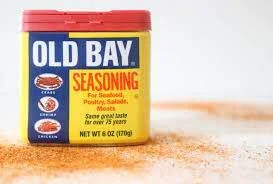





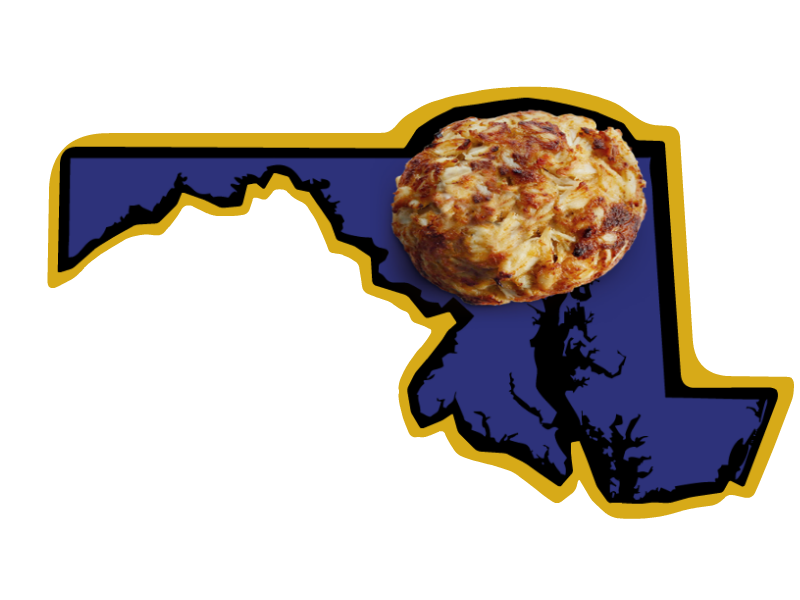



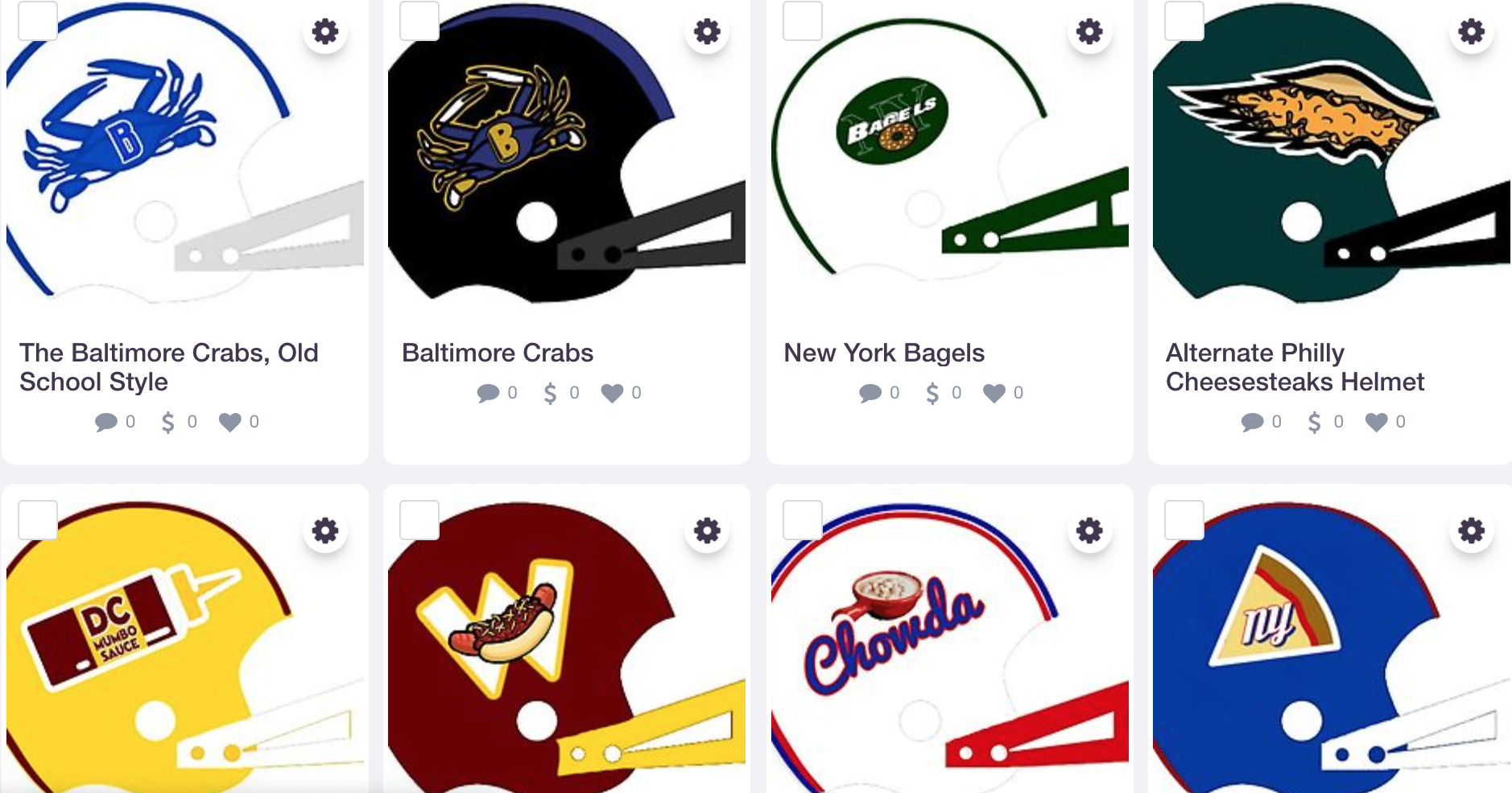



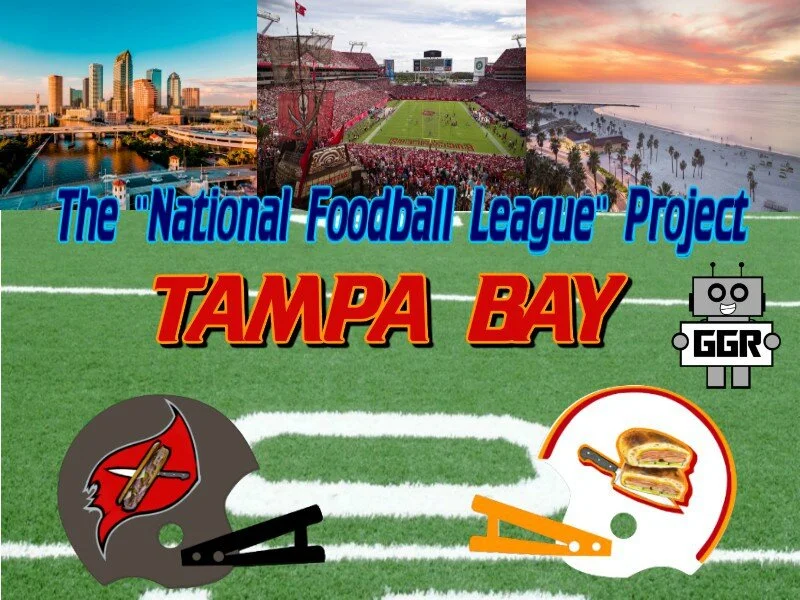

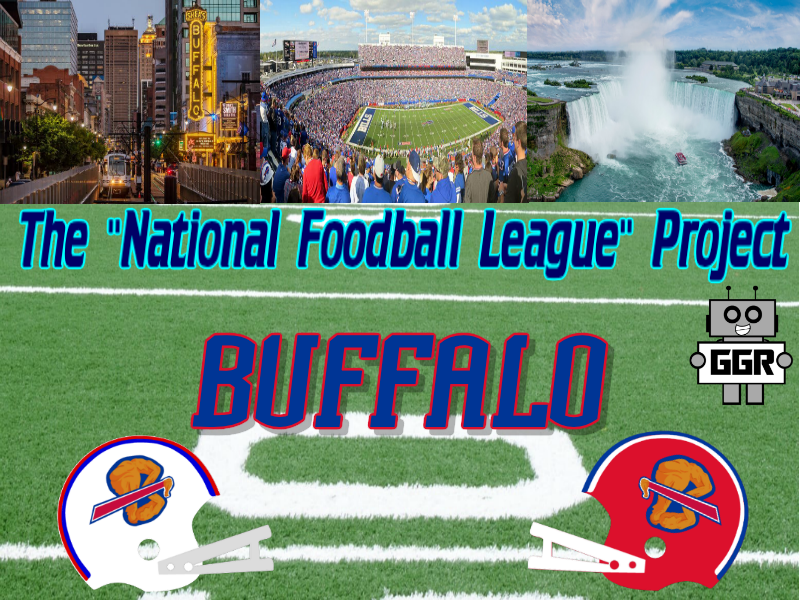



Mike returns to the “Foodball League Project” with an entry about the Steel City of Pittsburgh.